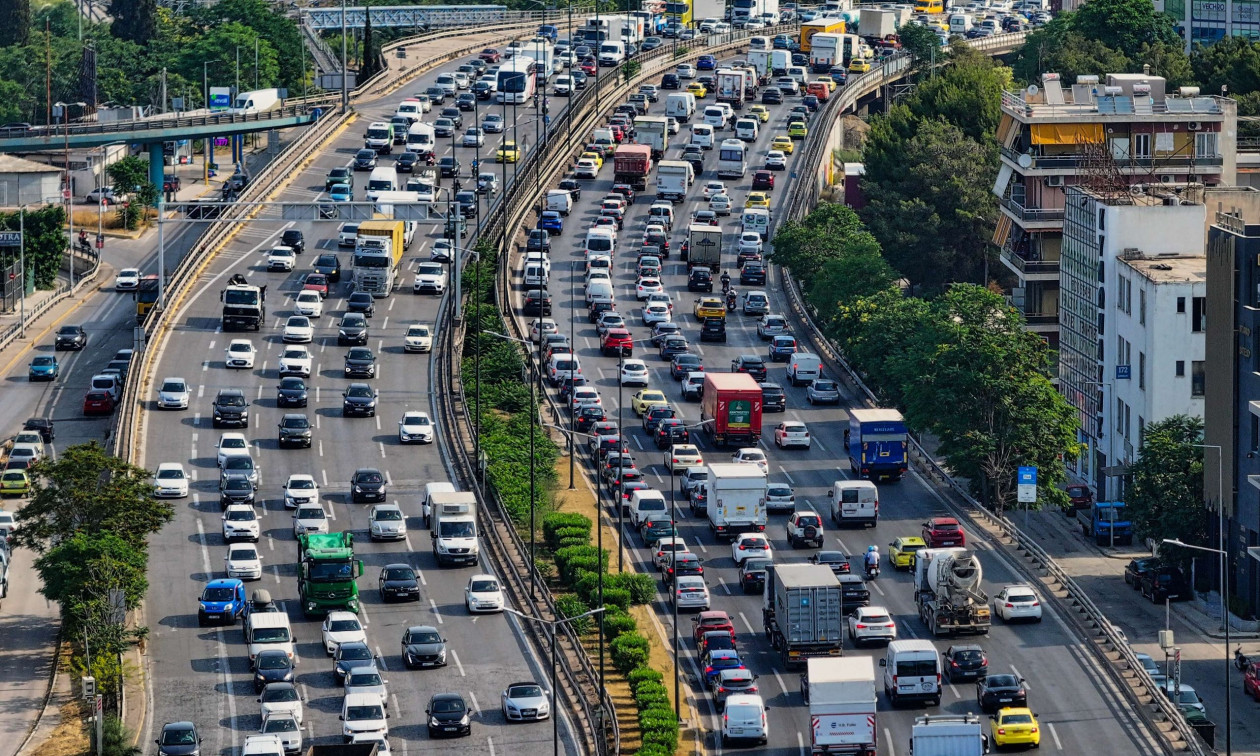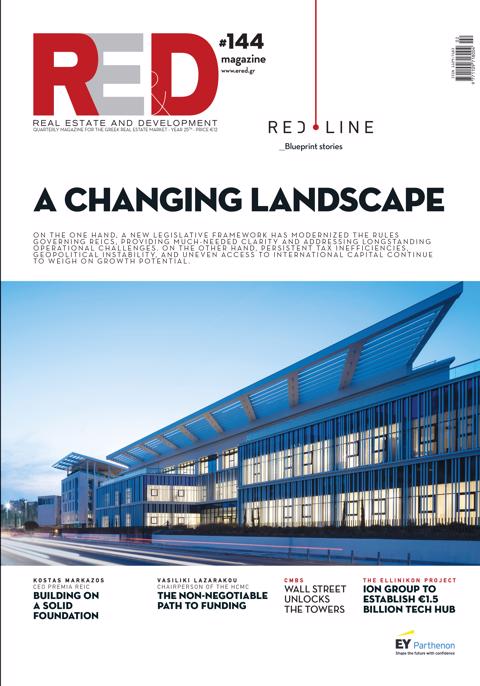Several studies conducted in the cities of Brussels, Paris, and Zurich have demonstrated that reducing speed limits improves road safety by lowering the likelihood of accidents. On average, implementing 30 km/h speed limits in European cities resulted in a 23% reduction in traffic accidents, a 37% decrease in fatalities, and a 38% reduction in injuries.
This aligns with the European Union’s road safety framework for 2021-2030, which aims to reduce road traffic deaths and serious injuries by 50% by 2030, with the ultimate goal of achieving zero road fatalities by 2050.
Significant Benefits for the Urban Environment
Lower speed limits have also yielded environmental benefits, with average reductions of 18% in emissions, a 2.5 dB decrease in noise pollution, and a 7% reduction in fuel consumption, leading to improved fuel efficiency and decreased environmental impact.
All studies, including one by the Department of Civil, Surveying and Environmental Engineering at the National Technical University of Athens, encourage citizens to adopt walking, cycling, and public transportation to contribute to a safer and more environmentally sustainable urban environment.
Key Advantages of Lower Speed Limits
Lower speeds directly benefit the environment by reducing both direct and indirect pollutant emissions. Specifically, higher speed limits in urban areas are associated with abrupt acceleration and braking, whereas smoother and slower driving can reduce emissions of carbon monoxide, volatile organic compounds, and nitrogen oxides.
Research has shown that traffic noise is the primary source of noise pollution in cities, accounting for approximately 80% of all noise in public spaces. In urban environments where speeds range between 30 and 60 km/h, reducing speed limits by just 10 km/h can lead to noise level reductions of up to 40%.
In areas with high levels of motorized traffic and fast-moving vehicles, walking is often discouraged, limiting citizens' mobility. High traffic volumes can also pose significant risks for children crossing streets safely on their way to school.
Finally, while lowering speed limits often meets resistance due to concerns about increased travel times and traffic congestion, studies indicate that any such effects typically range between 3% and 5%. In some cases, speed reductions can even improve travel times by alleviating congestion. Therefore, despite fears that lower speed limits might slow travel, research suggests that the safety and environmental benefits usually outweigh any minor impacts on travel duration.















